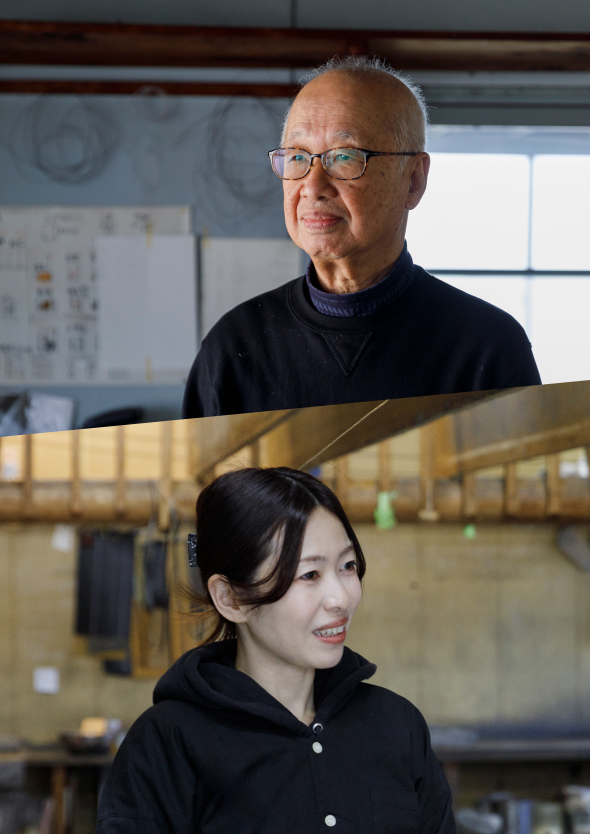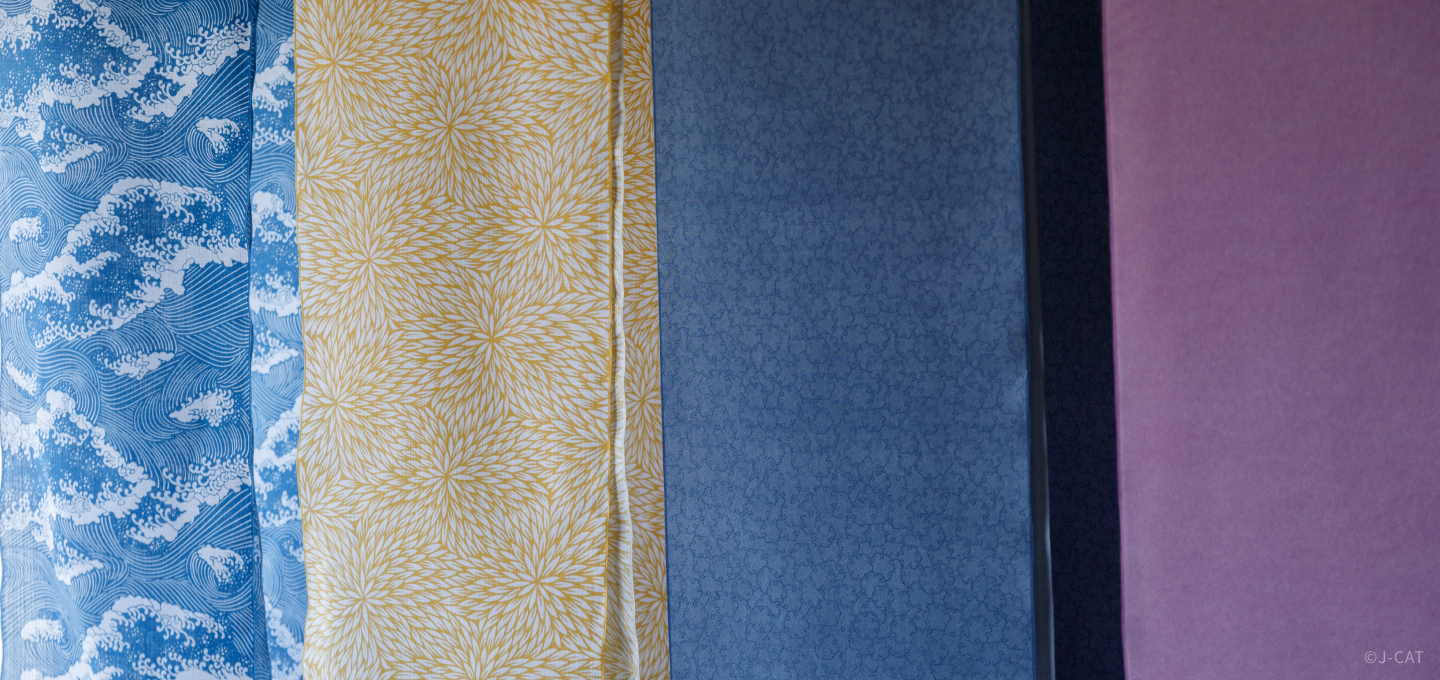
Special Experience
Tokyo
Dye a Tenugui Hand Towel at a Historic Edo Komon Studio in Tokyo
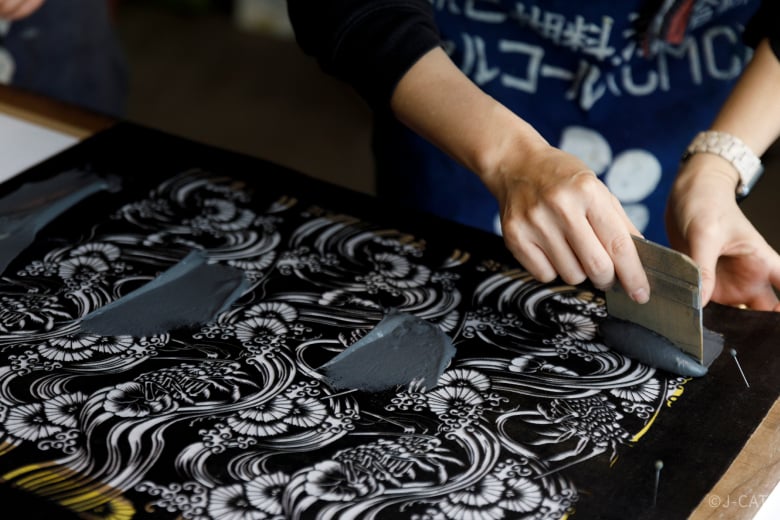
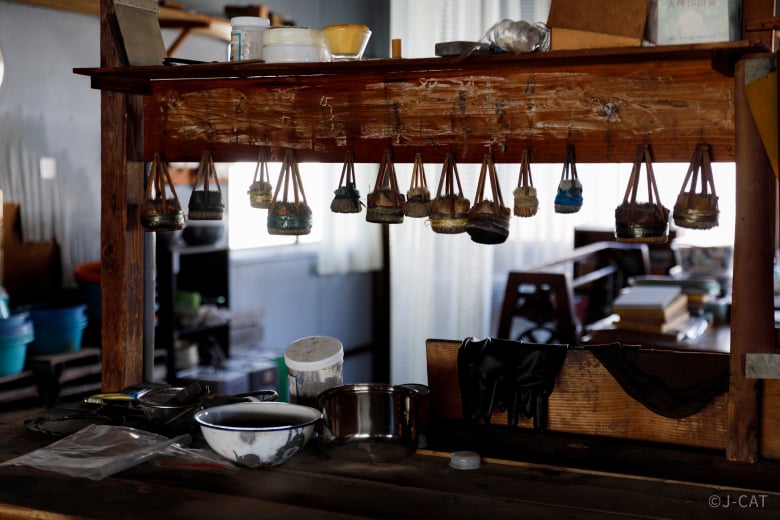
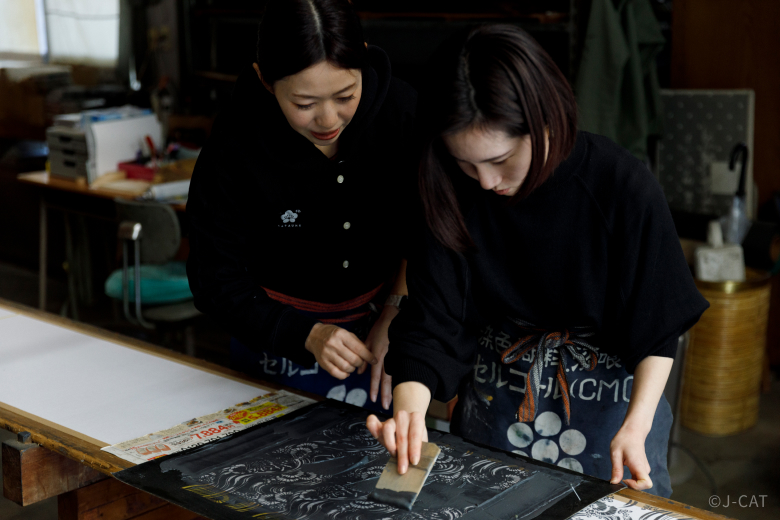
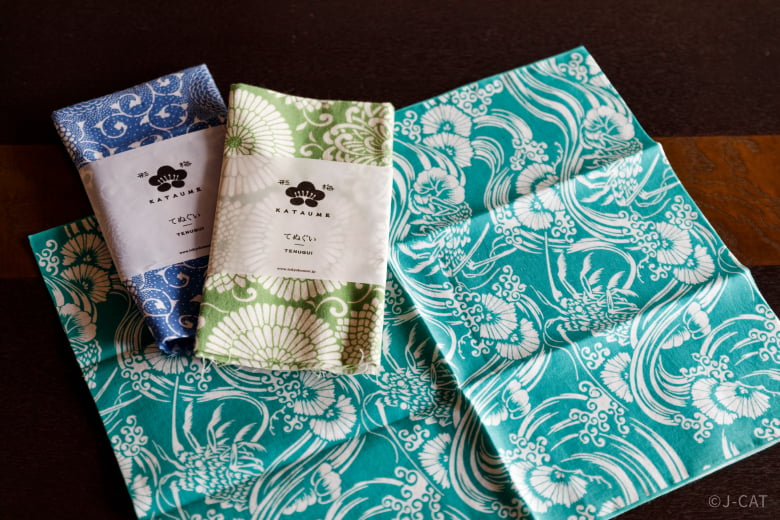
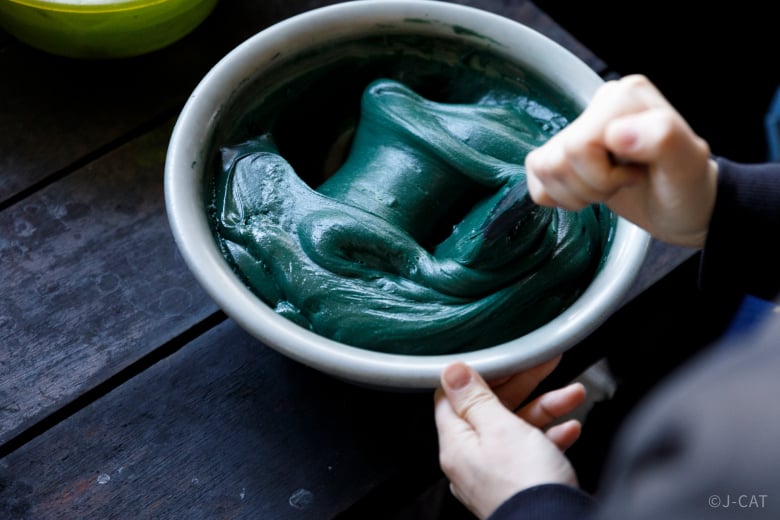
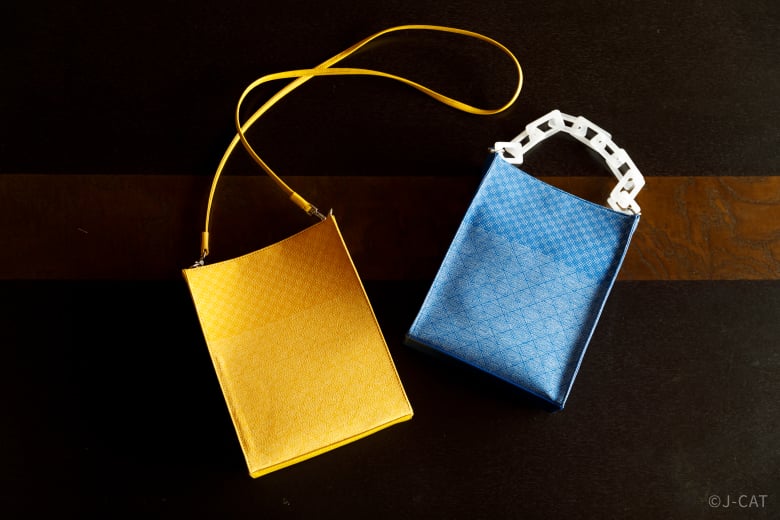
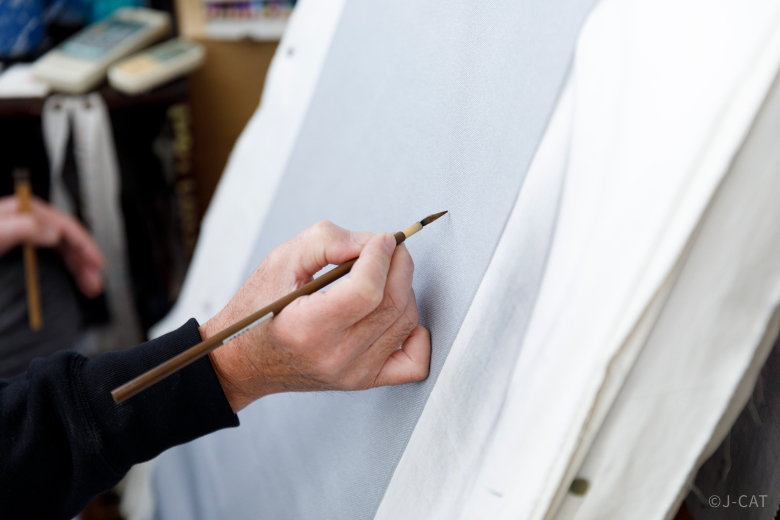
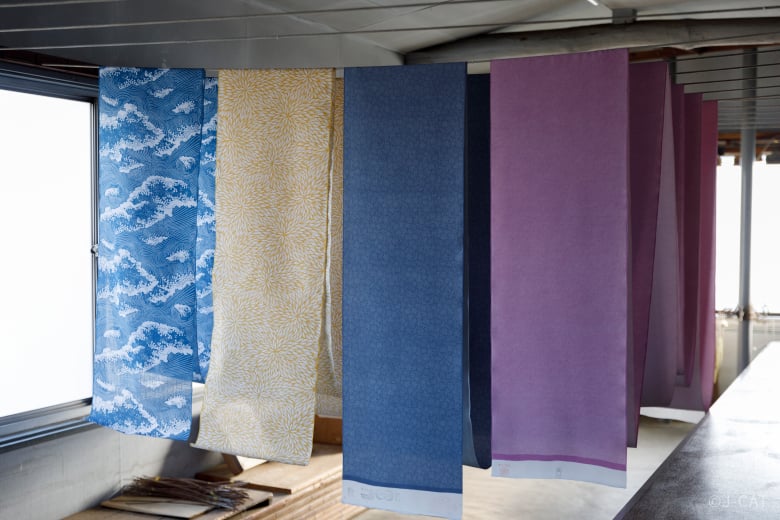
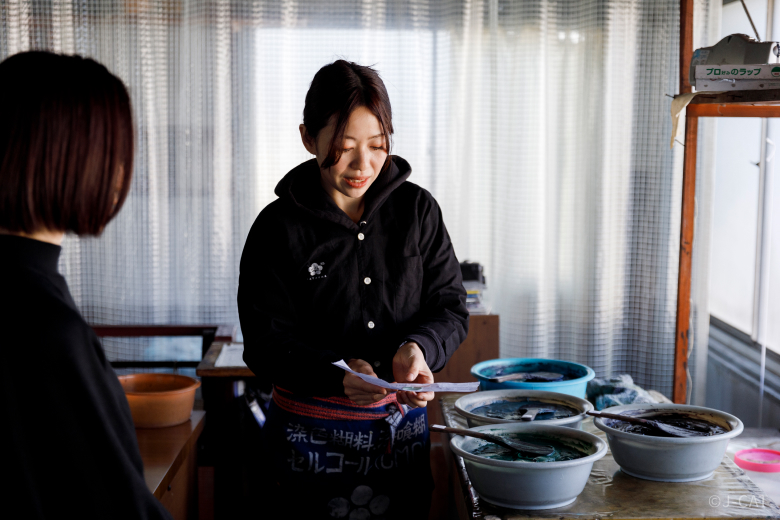
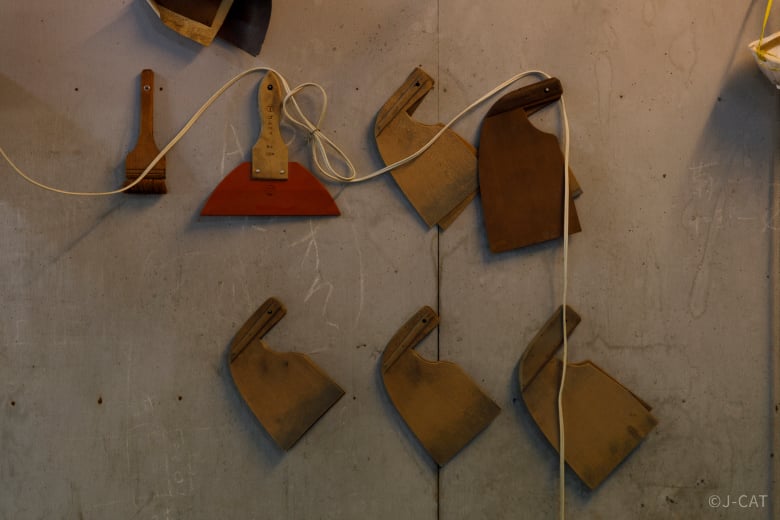
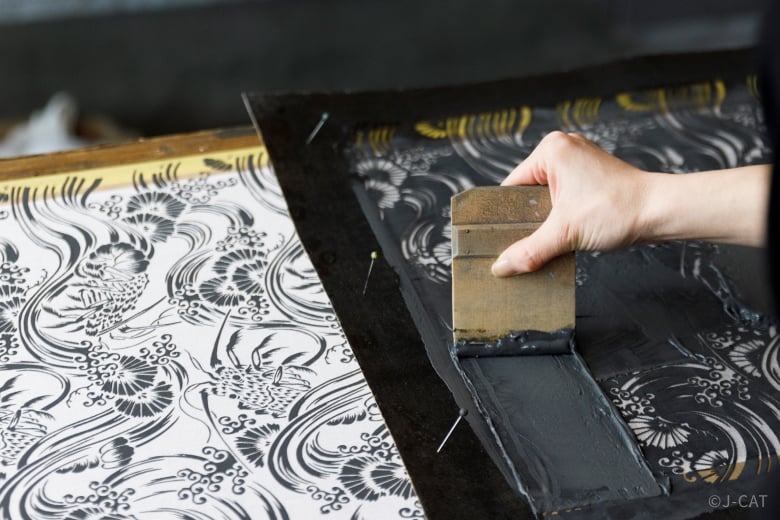
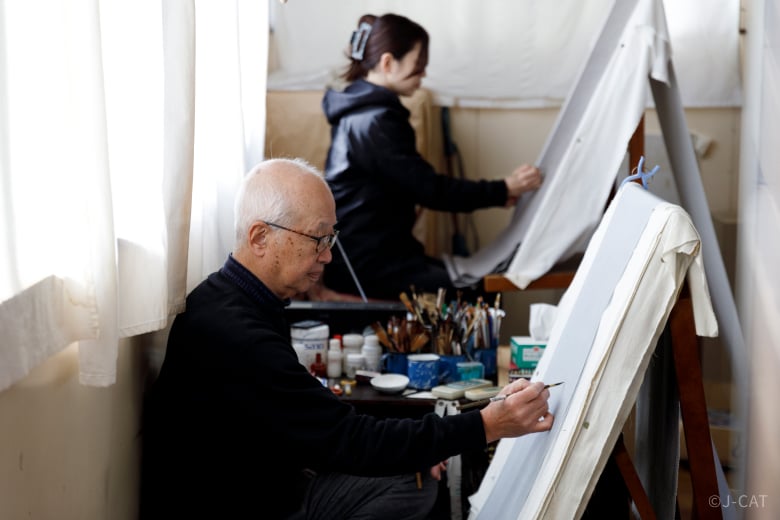
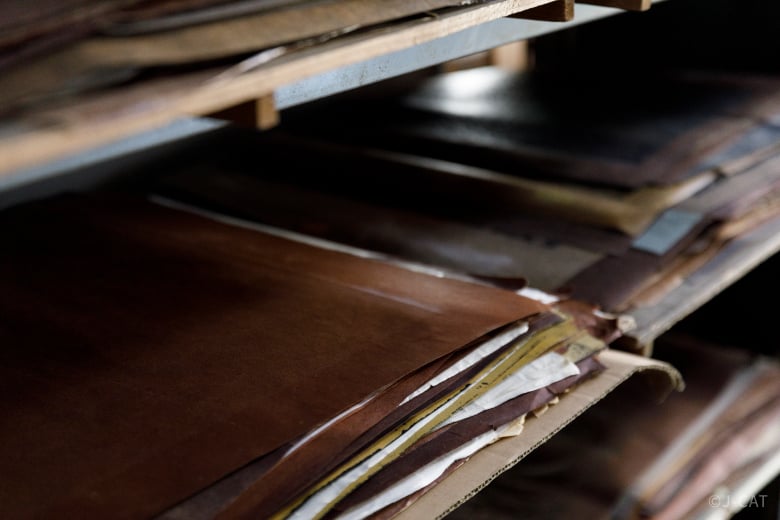
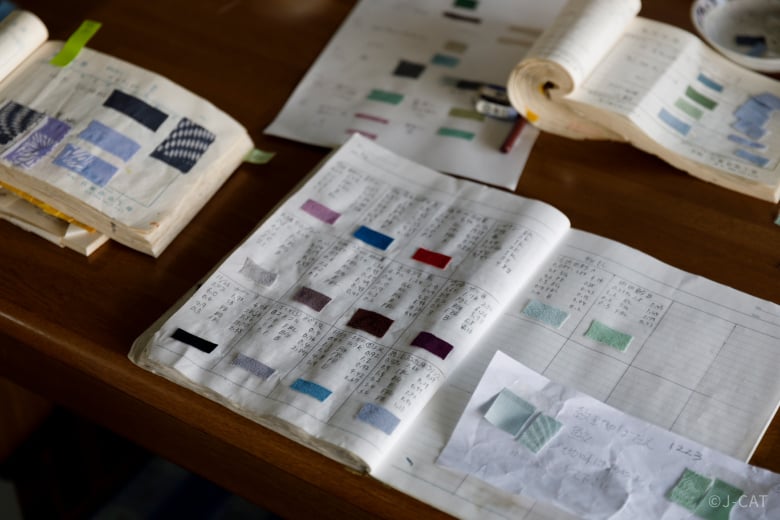
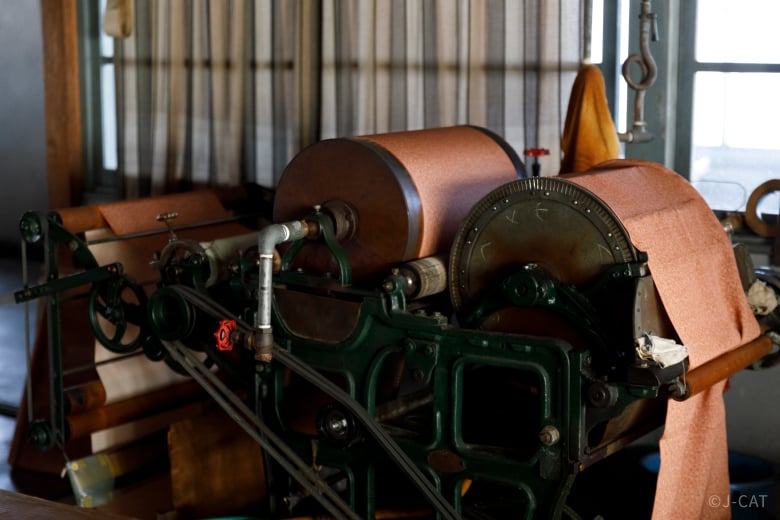
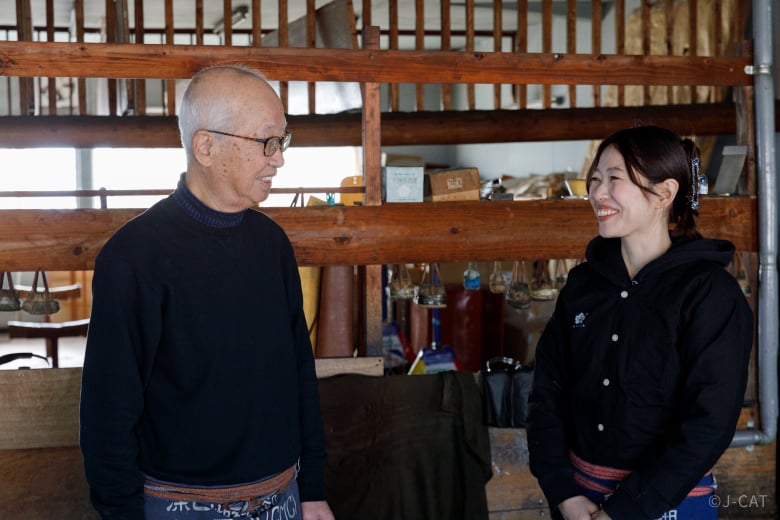
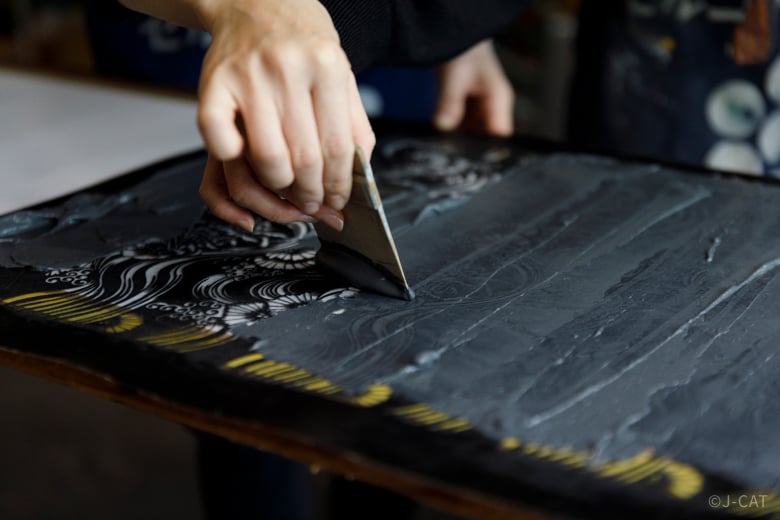
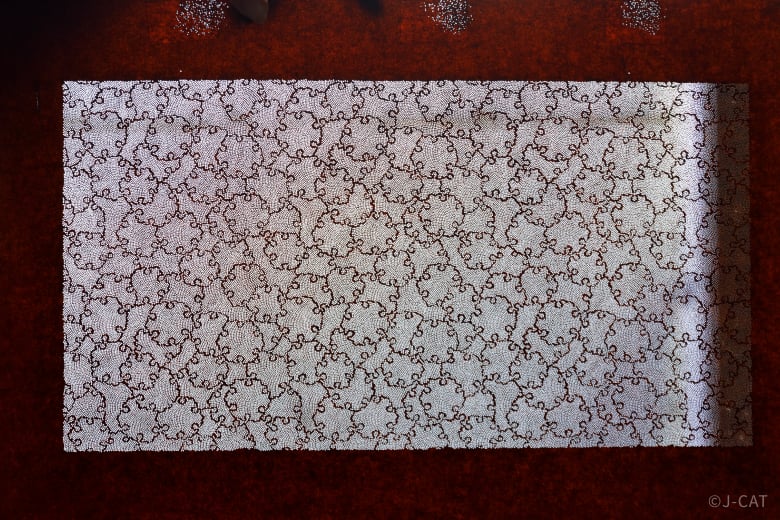
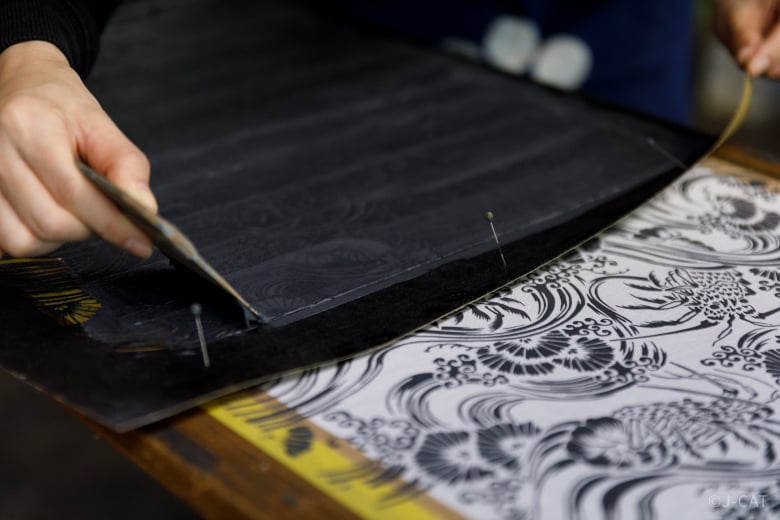
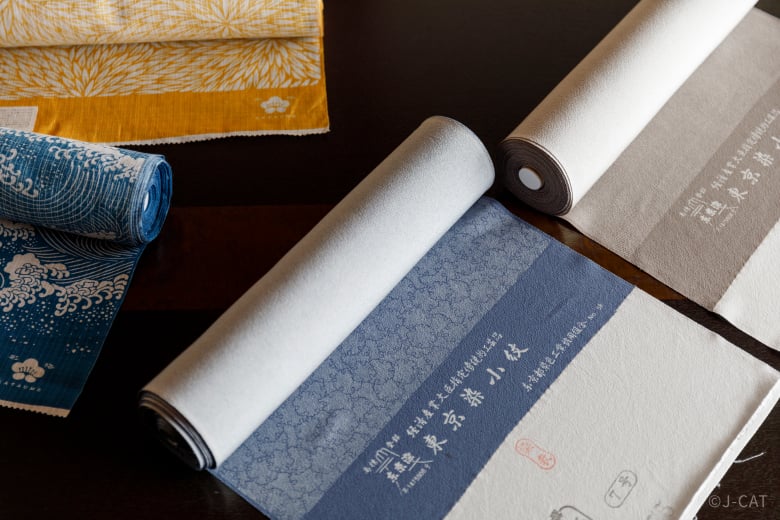
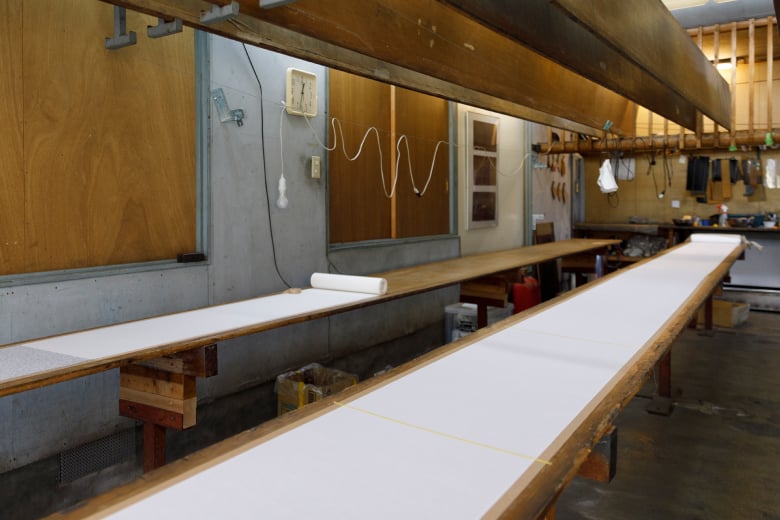





















Overview
Located in Hachioji, a Tokyo suburb that is about 40 minutes by train from Shinjuku, is the historical Ishizuka Senko. For over a century, this studio has passed down the legacy of Edo komon, an intricately patterned dyeing technique that was in fashion during the Edo period (1603–1868). Here, under the guidance of a nationally acclaimed father-and-daughter pair of artisans who are the fourth- and fifth-generation heads of the studio, you will stencil-dye a tenugui hand towel in this Wabunka-exclusive private experience.
Key Features
・Create your very own tenugui hand towel with an intricate Japanese pattern at Ishizuka Senko, which has a history of over 100 years.
・After touring the studio, apply patterns using special stencils for dyeing under the attentive guidance of an artisan.
・Choose from multiple patterns and colors for your tenugui, which, after completion, will be delivered to you at a later date.
Tokyo
120mins
from ¥34,100 /person
1 - 6 participants
Available in English
Cancel free up to 4 days prior
* If fewer than 2 participants, the minimum fee will be JPY 68,200
Details
Edo Komon: Reflecting a Distinctive Edo-Period Aesthetic
From a distance, fabrics stencil-dyed using Edo komon techniques may appear to be plain, but take a closer look, and you will discover that they are adorned all over with intricate patterns such as small whited-out flowers and stripes. This subtle but gorgeous type of pattern dyeing was loved by many and regarded as the cutting edge of fashion in the Edo period (1603–1868). During this time, the shogunate repeatedly prohibited displays of extravagance to restore its finances. Such bans meant that samurai and townspeople could not wear kimonos with flashy patterns, which led to the popularity of Edo komon.

With its array of subdued colors, Edo komon fabrics can be used and cherished for a long time
The production process for Edo komon involves applying patterns on fabric using a special stencil and paste called Ise katagami and bosen nori respectively, dyeing the entire fabric in a single color, then steaming and washing it so that the whited-out pattern emerges. Ise katagami itself is also a traditional handicraft with a history of over 1,000 years, and Ishizuka Senko has a collection of these stencils, all of which have been carefully preserved for generations. This stencil is made by pasting together pieces of washi paper with persimmon juice that is rich in tannins to create a sturdy paper, then engraving patterns with a carving knife. In this experience, you will use this valuable tool to enjoy Edo komon dyeing as closely as possible.

Ise katagami stencils can create a variety of Edo komon patterns
Taking Pride in Edo Komon, a Legacy Passed Down from Father to Daughter
Located in Hachioji, a suburb of Tokyo, is Ishizuka Senko, a dyeing studio established in 1890. With a long history of over 130 years, the studio is currently headed by fourth-generation owner Yukio Ishizuka, a master craftsman who received the titles of “Master of Traditional Crafts” and “Tokyo Meister” from the Japanese government. Ishizuka Senko began to specialize in Edo komon dyeing, during Yukio's generation. Even amid decreasing demand for kimonos over time, the studio continues to preserve traditional Edo komon techniques and convey its charms.

A refined workshop where you can feel the traces of successive generations of artisans
Following in Yukio's footsteps is his daughter Kumiko, the studio’s fifth-generation head. After a stint in the apparel industry, she devoted herself fully to Ishizuka Senko. While inheriting traditional techniques from her father, Kumiko launched an original brand that complements modern sensibilities and expands the possibilities of Edo komon, creating stylish new items such as bags and kimono collars. She became a nationally licensed traditional artisan in 2024.

Fifth-generation head Kumiko Ishizuka collaborated with a designer to create an original brand of stylish Edo komon bags
A Tour of the Studio and a Stencil-Dyeing Demonstration
Upon arrival at Ishizuka Senko, your experience will start with a tour of the studio. As you step into various work rooms, Yukio and Kumiko will explain the history of Edo komon and the dyeing process. With a low ceiling and steep stairs, the studio is a typical old-fashioned Japanese house. Inside are an assortment of precious objects that will give you an idea of Ishizuka Senko’s rich history: tools that have been passed down for generations, machines that have served the family for many years, hand-written color-sample books, and so on.

These buckets contain dyes made with natural ingredients such as glutinous rice and rice bran
The final step in the dyeing process, ji-naoshi, is particularly crucial to Edo komon. Since Edo komon involves dyeing intricate patterns by hand, uneven dyeing is inevitable even among the most careful of artisans. Thus, ji-naoshi is the process of retouching by correcting the uneven parts, also by hand. This is an advanced technique that calls for an expert to spot differences in shades that are imperceptible to the untrained eye and to add color with superb precision.

Ji-naoshi, the retouching process that can be quite nerve-wracking
After touring the studio, you will watch a demonstration of kata-tsuke, the stencil-dyeing process. A spatula called koma is used to spread glue onto the stencil. "The stencil dries easily, so it's best to work at proper speed," explains Kumiko. You will hear a crisp, rustling sound echoing at a steady pace. Try to get the hang of the rhythm in preparation for the next part of the experience.

Watch Kumiko's skillful and unfaltering hands at work
Create Your Own Tenugui as You Experience Stencil Dyeing
Finally, after the demonstration, you will try your hand at tenugui dyeing. For this experience, the Ishizukas have prepared beginner-friendly traditional Ise-katagami patterns. Take your pick from these four: Ise spiny lobster, kiku-zukushi (an assortment of chrysanthemums), kiku-karakusa (chrysanthemum arabesque), or the pattern of the season. For the dye, you can choose from two to three colors.

The Ishizukas’ support ensures that beginners will feel at ease
Start by learning the right way to hold the spatula and the basic posture. Instead of rubbing with force, move the spatula in a way that thinly and evenly spreads glue that has accumulated in one place. This may be difficult to get used to at first, but you can readjust everything at the end, so keep this in mind as you continue working.

Carefully align the stencil with the markings to achieve a gorgeous finish
To apply a pattern all over your tenugui, you will need to shift the position of the stencil and repeat this step several times. As you watch the pattern gradually appear on the pure white fabric, you will no doubt feel a sense of accomplishment. Through this repetitive process, you will feel the challenges — but also the rewards — of creating traditional handicrafts.
Edo Chic: Transcending Time and National Borders
Once you have finished the stencil dyeing, Ishizuka Senko will handle the finishing steps, then ship your tenugui to you approximately two to three weeks after the experience. (Please note that the shipping fee must be paid in cash on-site, and that the estimated arrival time of your tenugui will depend on your location.) Your tenugui, with its thin and soft fabric, can be used not only to wipe away moisture, but also as a fashion accessory or wrapping. Enjoy using it in the ways that best suit you.

Examples of completed tenugui with beautiful patterns all over
A common question regarding Edo komon is why one would take the trouble to add patterns to something that would just look plain from a distance. However, Yukio Ishizuka says that this is precisely where Edo-style "iki" (chic) can be found. "Rather than emphasizing its beauty, Edo komon has a subtle, hidden beauty that impresses those who notice it. This reflects the ‘iki’ that the people of Edo were known for. I hope that modern people and those from overseas can also appreciate the quality of Edo komon.”

A major highlight of this experience is that since it is private, you can interact closely with the Ishizukas
Come visit Ishizuka Senko, which has been keeping the tradition of Edo komon alive for over a century, to experience timeless Edo chic to the fullest through this culturally significant handicraft.
Ishizuka Senko

Ishizuka Senko
Located in Hachioji, Tokyo, Ishizuka Senko is a dyeing studio with over 130 years of history. Specializing in Edo komon dyeing techniques that have been passed down for generations, the studio is headed by fourth-generation artisan Yukio Ishizuka, who was bestowed the title of Master of Traditional Crafts by the Ministry of Economy, Trade and Industry (METI), as well as the title of Tokyo Meister. His daughter, Kumiko Ishizuka, will succeed him as the fifth-generation head. While preserving long-standing traditions, the Ishizukas have launched an original brand that suits modern sensibilities and explores new possibilities for Edo komon.
Location
Ishizuka Senko
Hachioji City, Tokyo
Request for booking
Select first preferred date (JST)
July 2025
Sun
Mon
Tue
Wed
Thu
Fri
Sat

17
Available

17
Full

17
No Events
Tokyo
120mins
from ¥34,100 /person
1 - 6 participants
Available in English
Cancel free up to 4 days prior
* If fewer than 2 participants, the minimum fee will be JPY 68,200
Things to know
Contact Us
If you have any questions, please contact us using the form below.
We also accept bookings from corporate clients and travel agencies.
